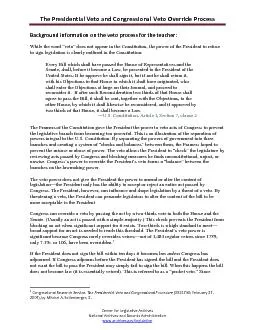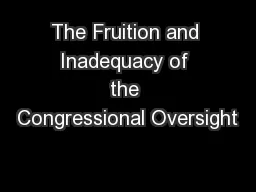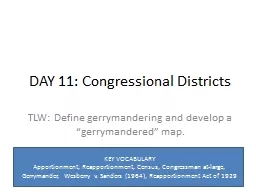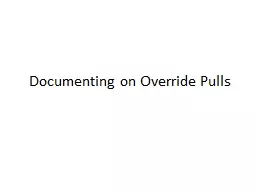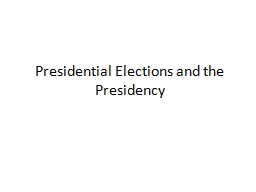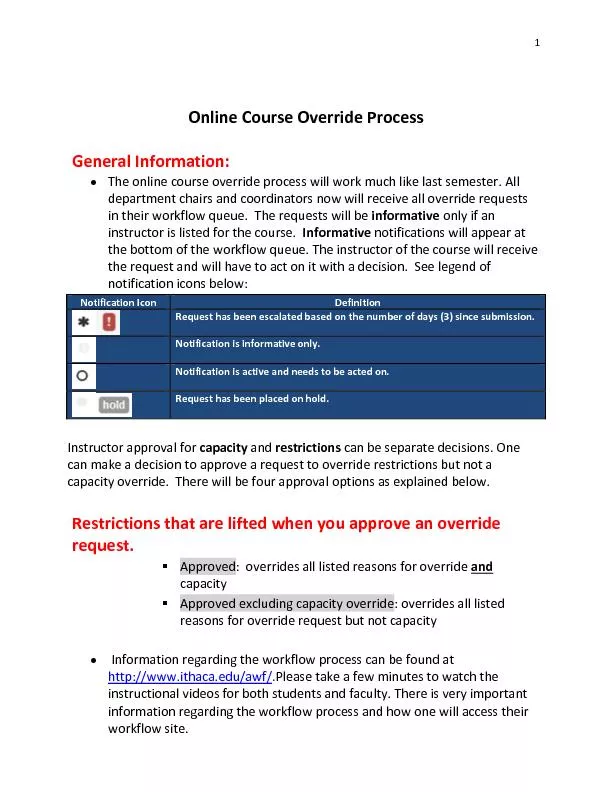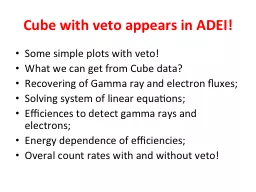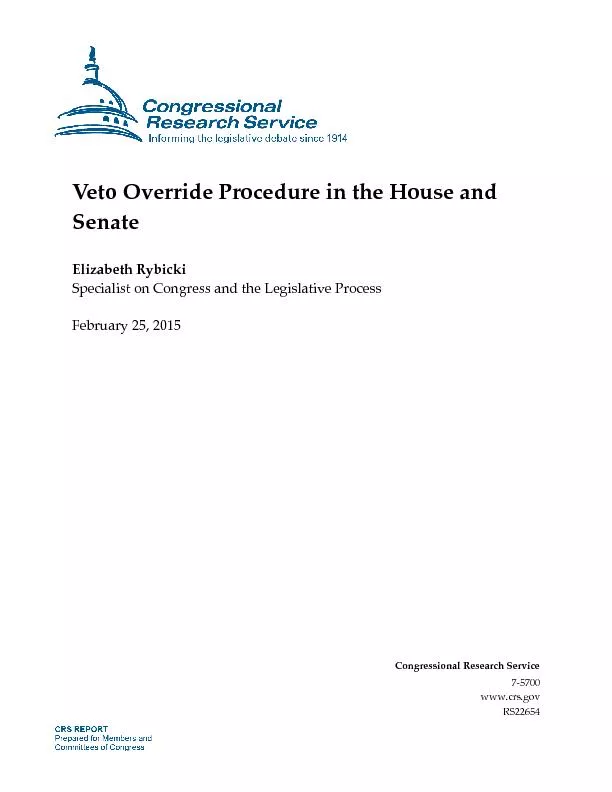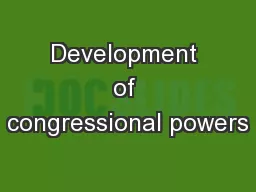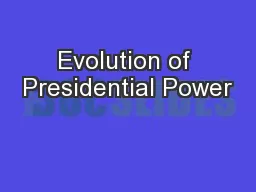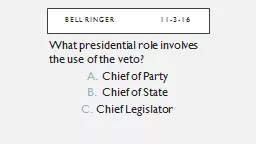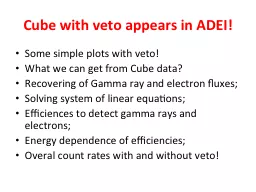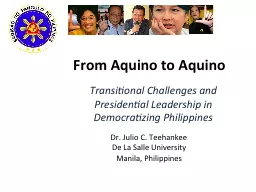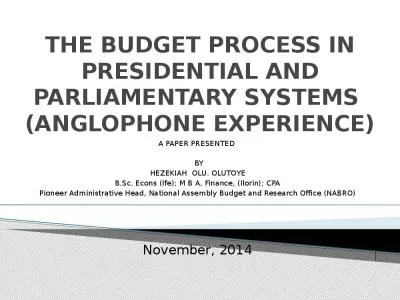PDF-The Presidential Veto and Congressional Veto Override Process ...
Author : pamella-moone | Published Date : 2015-09-17
Center for Legislative ArchivesNational Archives and Records Administrationwwwarchivesgovlegislative ongressional Research Service The Presidential Veto and Congressional
Presentation Embed Code
Download Presentation
Download Presentation The PPT/PDF document "The Presidential Veto and Congressional ..." is the property of its rightful owner. Permission is granted to download and print the materials on this website for personal, non-commercial use only, and to display it on your personal computer provided you do not modify the materials and that you retain all copyright notices contained in the materials. By downloading content from our website, you accept the terms of this agreement.
The Presidential Veto and Congressional Veto Override Process ...: Transcript
Download Rules Of Document
"The Presidential Veto and Congressional Veto Override Process
..."The content belongs to its owner. You may download and print it for personal use, without modification, and keep all copyright notices. By downloading, you agree to these terms.
Related Documents

